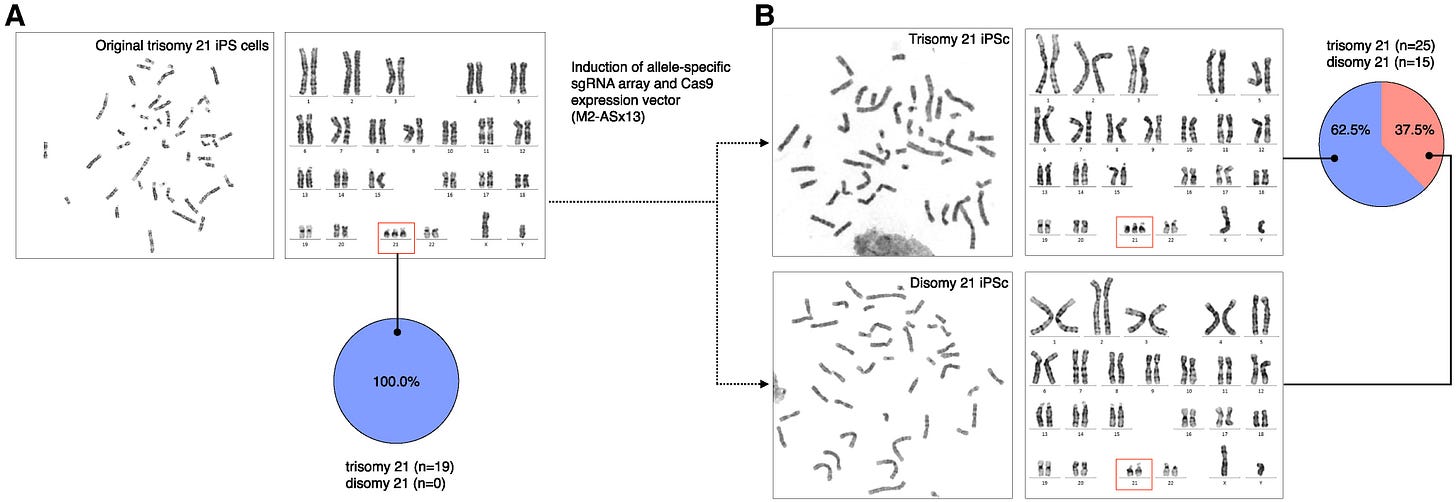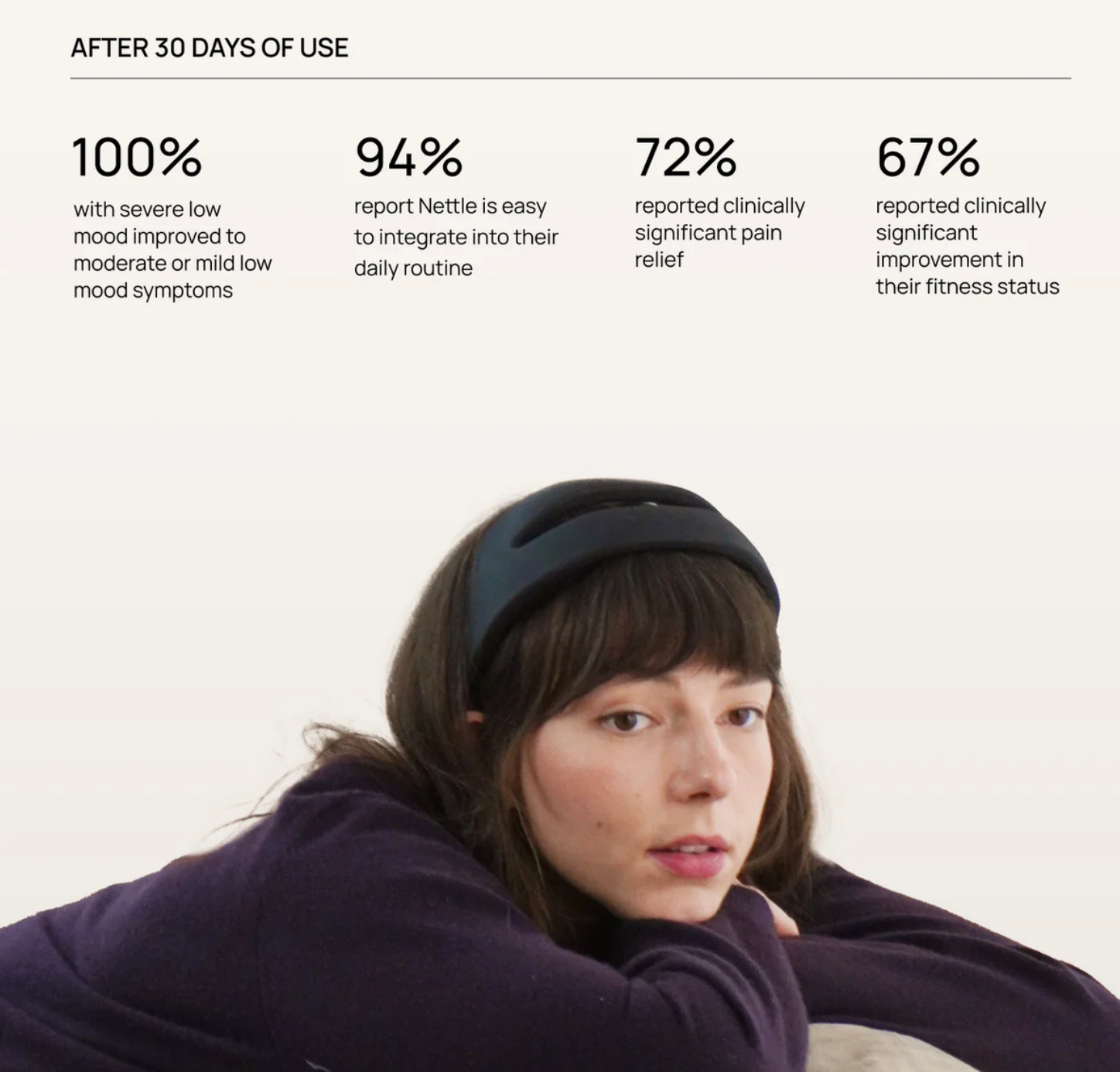>FASTA_21
CRISPR vs Down Syndrome; Copper reverses Parkinson’s; Samphire Neuroscience; Bryan Johnson & Circulate Health; Apple’s BCI protocol; Syn57 & Constructive Bio; Senator on Bioweapons; Willy Wonka
>FASTA: weekly short reads of the global biotech ecosystem | Papers and patents, acquisitions and bankruptcies, biotech philosophy | Read in under 5 min | Follow on LinkedIn, X, and now Instagram too!
Pilgrim is proud to sponsor >FASTA! We’re developing the next generation of military medicine to meet the operational demands of modern warfare—moving beyond theory and bringing biotechnology from the benchtop to the battlefield.
1/10: CRISPR to treat down syndrome
Japanese scientists removed the extra chromosome responsible for Down syndrome in iPSCs and fibroblasts grown in-vitro using CRISPR-Cas9. Since several genes exhibit differential expression between alleles of parental origin, the edits had to be allele-specific to mitigate the risk of imprinting disorders.
2/10: Copper reversed Parkinson’s in mice
In Parkinson’s patients, the misfolded antioxidant enzyme SOD1 accumulates in the brain causing damage to dopamine neurons. Since copper is crucial for the protein’s functioning and its reduced availability is drives the development of this disease, this study designed CuATSM for copper supplementation to brain tissue. Mice that received it showed no alterations in their movement and SOD1 restored functioning.
3/10: Samphire Neuroscience’s $5M seed
“Nettle is the world’s first brain stimulating headband for at-home alleviation of PMS and period pain symptoms. Available to buy in the UK and across the EU, Nettle is also undergoing clinical trials in PMDD and endometriosis populations”.
Two electrodes stimulate the dorsolateral prefrontal cortex to improve emotional regulation, while two others activate the insula via the motor cortex to ease pain. 20 minutes a day mimic brain activity during the follicular phase = improved mood and increased energy.
Keep reading with a 7-day free trial
Subscribe to Biopunk to keep reading this post and get 7 days of free access to the full post archives.






